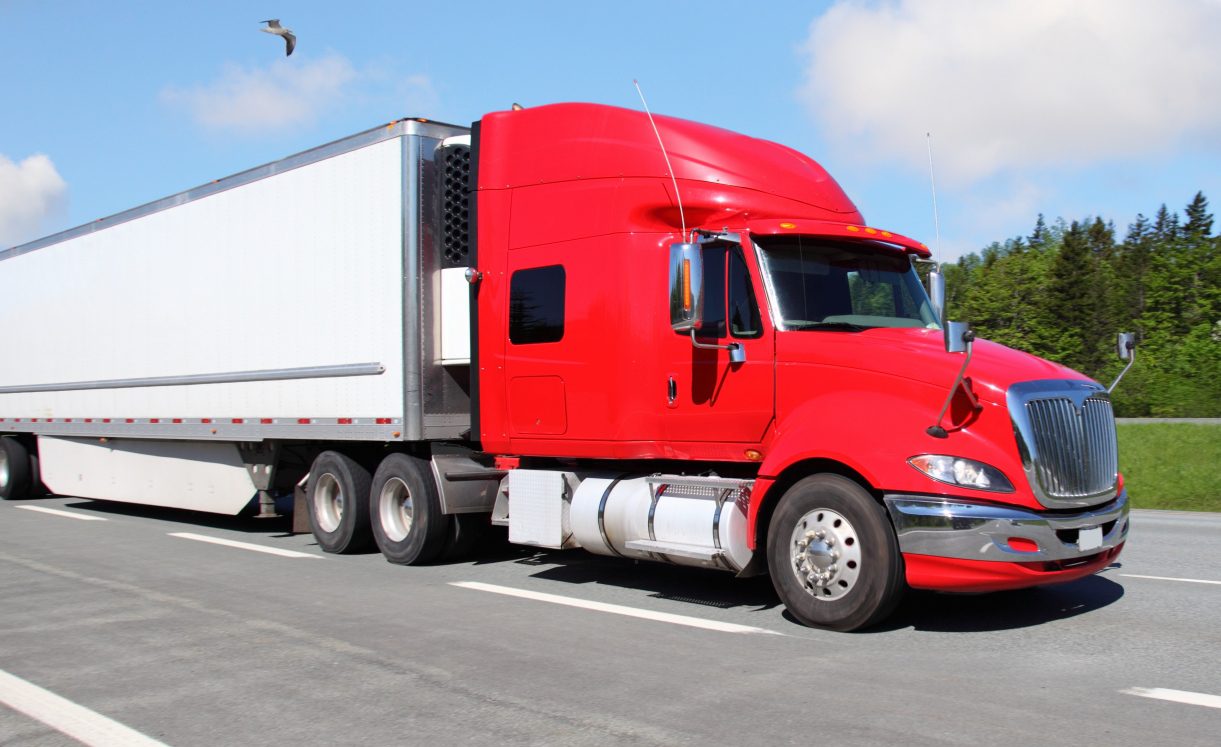The American Transportation Research Institute has released its annual survey of the top 10 critical issues facing the trucking industry. The non-profit institute polled more than 2,000 carriers and broke down the results into two categories: concerns of motor carriers and concerns of drivers.
Below are the results of the survey, along with snippets of commentary from ATRI that was included in the full report.
Looking for loads? DAT load boards are the largest and most trusted digital marketplace.

The above graph shows the top 10 issues for both commercial drivers and motor carriers, according to a survey conducted by the American Transportation Research Institute.
1. Driver Compensation – While drivers are benefiting from increased pay, there is concern that driver compensation has not kept pace with inflation and that drivers are not compensated adequately for non-driving duties such as detention wait times.
2. Hour of Service – FMCSA has issued a proposed rulemaking to make changes to the 30-minute rest break, and add flexibility in the sleeper berth provision that would allow drivers to split their off-duty time into an 8 and 2-hour, or 7 and 3-hour split, with neither period counting against the 14-hour driving window. (See DAT blog: FMCSA proposes new changes to Hours of Service regulations)
3. Truck Parking – The lack of available truck parking creates a dangerous and costly dilemma for truck drivers who are often forced to drive beyond allowable HOS rules or park in undesignated and, in many cases, unsafe locations. (See DAT blog: Technology tackles trucking’s parking problem)
4. ELD Mandate – Following full implementation of the mandate in December 2017, the industry’s attention is now focused on the approaching deadline for fleets to transition from AOBRDs to ELDs by Dec. 16, 2019. (See DAT blog: AOBRD vs. ELD: Will the switch-over jumpstart rates?)
5. Driver Detention – Delays have cascading impacts on a driver’s ability to comply with the HOS rules, negatively affects their earnings, and can force drivers to park in unauthorized or undesignated parking if they run out of available on-duty hours before reaching a safe parking location. (See DAT blog: “Detention is Killing Us” Say Carriers)
6. Speed Limiters – Mandatory speed limiters on trucks were part of a Proposed Rulemaking in 2016 but were never finalized. The issue dropped off the radar with the Trump administration’s reluctance to implement new regulations, but the issue could re-emerge in the future. (See DAT blog: Trucking Regulations: What’s In? What’s Out?)
7. Driver Training Standards – Earlier this year, FMCSA announced that it was delaying implementation of two key provisions of its Entry Level Driver Training Rule, frustrating many in the industry. Once implemented, the rule will include minimum standards for driver training schools as well as new instructor qualifications.
8. Driver Distraction – According to the National Highway Traffic Safety Administration, more than 3,000 people were killed in motor vehicle crashes involved distracted driving in 2017. The impacts of driver distraction are witnessed by commercial drivers each and every day.
9. Infrastructure/Congestion/Funding – Poorly maintained roads and traffic congestion create wear and tear on vehicles, waste fuel and increase emissions, create additional stress for drivers, and negatively impact industry productivity.
10. Autonomous Truck Technology – Although it may be decades before a fully autonomous vehicle is commercially available, the technology is advancing rapidly, and as these advancements enter the marketplace, the responsibilities of truck drivers could dramatically shift.
You can request a copy of the complete report from ATRI here: Critical Issues in the Trucking Industry – 2019.

